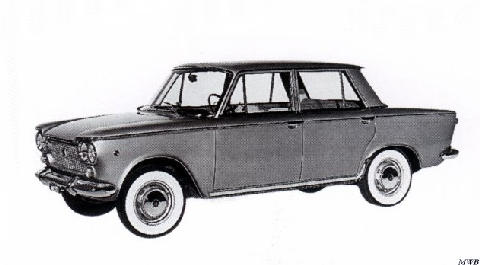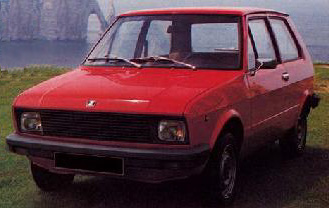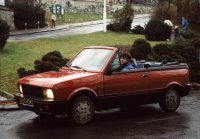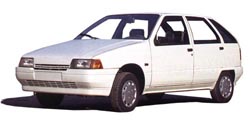The ancestor of the factory was a cannon-casting plant, founded in 1853.
The first vehicles in
Kragujevac were Ford trucks. They were
made exclusively for the Yugoslavian Army in the late 30's,
since today's "Zastava" was a gun factory named Vojno-Tehnicki
Zavod (Army Technical Institute). A small number
of vehicles was made until the outbreak the war in 1941. Then
in the early 50's some number of Jeeps was made, but the deal
with Willys-Overland (Chrysler) went off, and the production
stopped.
After the 2nd world war the factory got a new name: Zavodi Crvena Zastava (means: "Red Flag Plant"). (Later the "Crvena" has left from the name.) It first started building passenger cars in 1954. The first Zastava cars were varients of the Fiat 1400, 1300 and 1900. In the same period, Zastava introduced another car. It was 1300 cm3 four door sedan, known in Italy as "Milletrecciento", it was a modern car at that time. (FIAT introduced it in 1961.) Many people in Yugoslavia think it was the best car ever made by Zastava, despite to the fact it is forty years old model.

Milletrecciento
Next came the Zastava 750. It was same as the FIAT 600D, (4cyl, 767 cm3 , 25 HP OHC engine, rear wheel drive). Its mass production started in the early sixties, it was in production until 1981. Throughout the 60's Zastava built more Fiat based cars that evolved from the 1100, 1300, 1500, 124, and 125 Fiat models. But FIAT 124 and 125 were never built in Yugoslavia. FIAT 125 was imported from Italy and later from Poland. FIAT 124 was very rare in Yugoslavia. Some other FIATs were also on Yugoslav market, but I am not sure if they were imported, assembled or built by Zastava. It was the original 600 cm3 version of 600D and FIAT Multipla based model 600.









